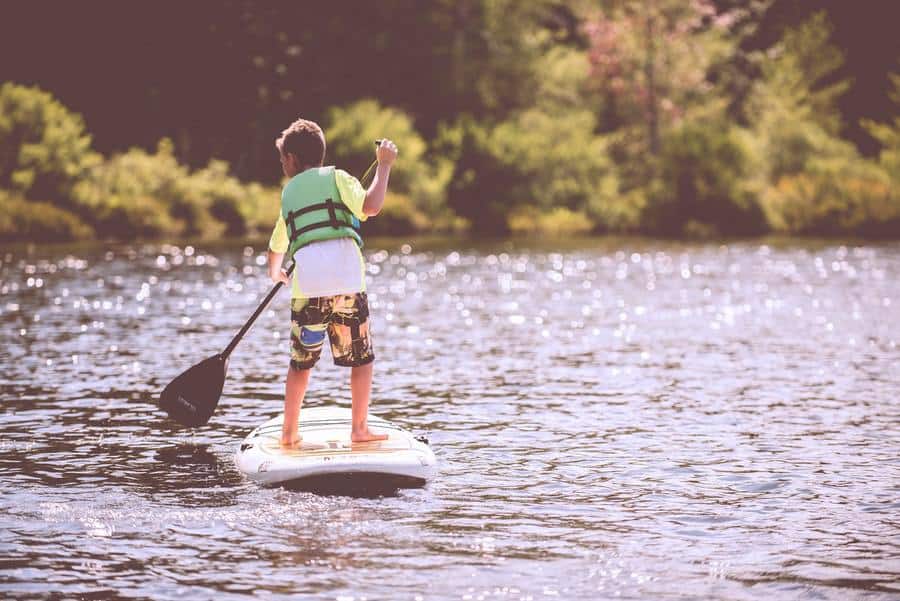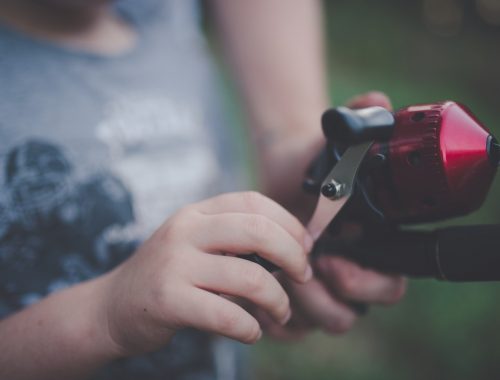Even the smallest amount of water can be a drowning hazard for young children. Here are more water safety tips from Safe Kids Canada.
- Stay within sight and reach of your child at all times
- Everyone must swim with an adult buddy who is a good swimmer and no one ever swims alone
- Supervisors must know how to prevent, recognize and respond to emergencies, because they know how to swim and are trained in CPR and First Aid
- Swim in areas that are safe. Know where the water is deep or shallow, where the currents are weak or strong, and where the entry and exit points are located
- Children and weak swimmers must wear lifejackets
- Jump feet-first into water
- Watch out for the dangerous “too’s” – too cold, too tired, too far from safety, too much sun, too much tiring activity
- Children and weak swimmers stay in water that is less than chest deep
- Pay attention to local weather conditions and forecasts. Stop swimming at the first sign of bad weather
- Only dive in areas that are clearly marked and is deep enough to do so
- Do not mix alcohol with swimming, diving or boating
- Make sure your children are taking swimming lessons
- Everyone must wear a lifejacket with boating
In addition to the general safety rules:
Safety on Lakes and Rivers
- Select an area that has good water quality and safe natural conditions. Murky water, hidden underwater objects, unexpected drop-offs and aquatic plant life are hazards
- Water pollution can cause health problems for swimmers. Check for water quality information on town or city Web sites
- Strong currents and big waves can be challenging for even good swimmers.
- Be sure rafts and docks are in good condition with no loose boards or exposed nails. Never swim under a raft or dock. Always look before jumping off a raft or dock to be sure no one is in the way.
- Avoid drainage ditches and dams. Drainage ditches and dams used to regulate water run-off are not good places for swimming or playing in the water. After heavy rains, they can quickly change into raging rivers or waterfalls. Even the strongest swimmers are no match for the power of the water. Fast water and debris in the current make ditches and dams very dangerous.
Safety at the Beach
- Choose a public beach that is supervised by a lifeguard and where the water is checked every morning
- Protect your skin and wear a sunscreen with a sun protection factor of at least 15. Check labels on the bottle for specifications to meet your child.
- Drink plenty of water regularly and often, even if you do not feel thirsty. Your body needs water to keep cool.
- Wear sunglasses
- Wear foot protection. Many times, peoples feet can get burned from the sand or cut glass in the sand
Pool Safety
- Install a phone by the pool or keep a cordless phone nearby so that you can call 9-1-1 in an emergency
- Learn to swim and take a First Aid & CPR course. Insist that babysitters, grandparents and others who care for your child also have these skills
- Post CPR instructions and emergency contact numbers in the pool area
- Enclose the pool completely with a four foot high, four-sided fence and a self-closing, self-latching gate. The house should not be part of the fence.
- Never leave furniture near the fence that would allow a child to climb over the fence.
- Always keep safety equipment by the pool and know how to use them. Pole, ring buoys with ropes and lifejackets are recommended.
- Keep toys away from the pool when they are not being used. Toys can attract young children to the pool.
- Pool covers should always be completely removed prior to use.
- If a child is missing, check the pool first. Go to the edge of the pool and scan the entire pool, bottom and surface, as well as the surrounding pool area
- Pool decks are slippery. Encourage everyone to walk when they are in the pool area




[…] Water Safety Rules […]